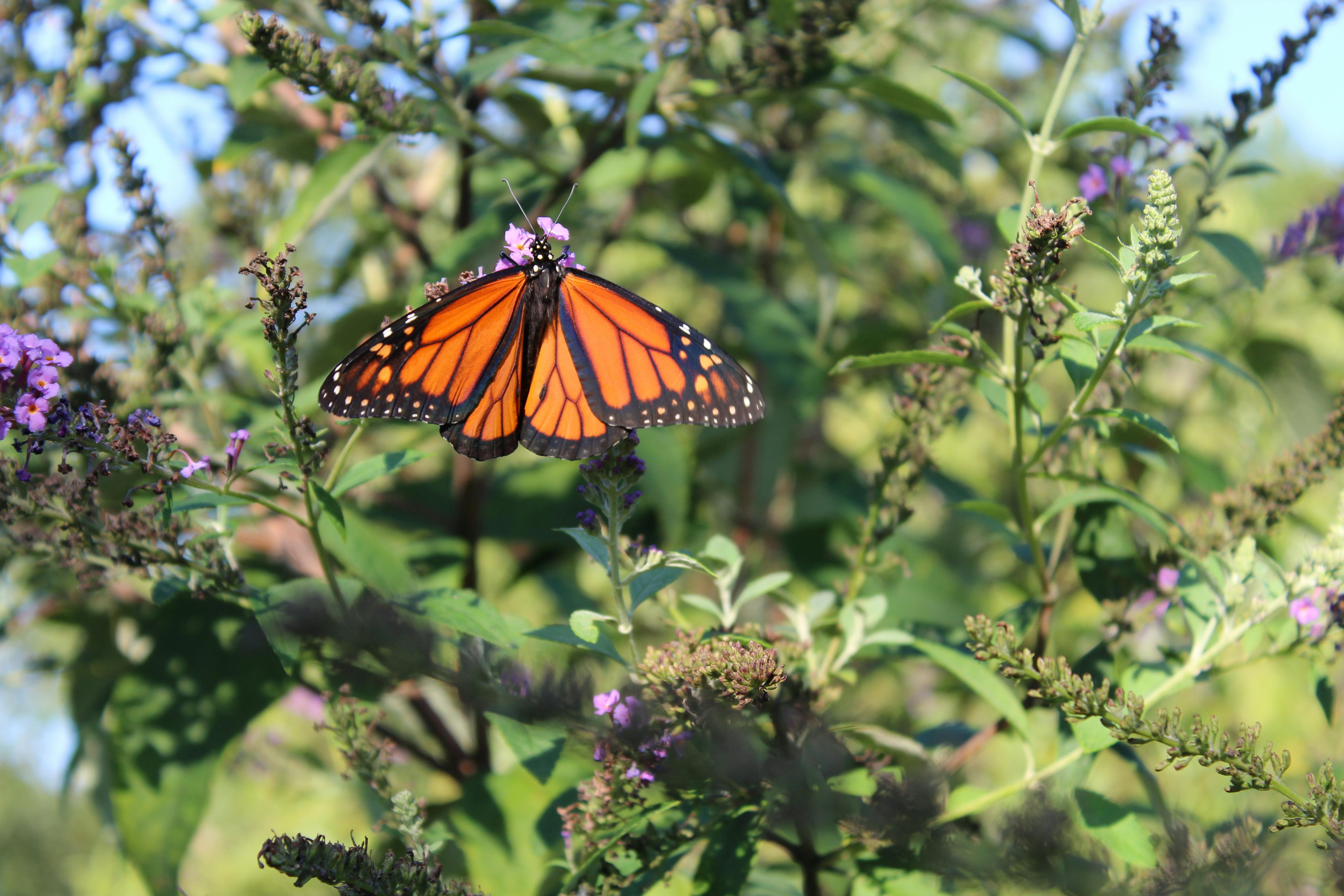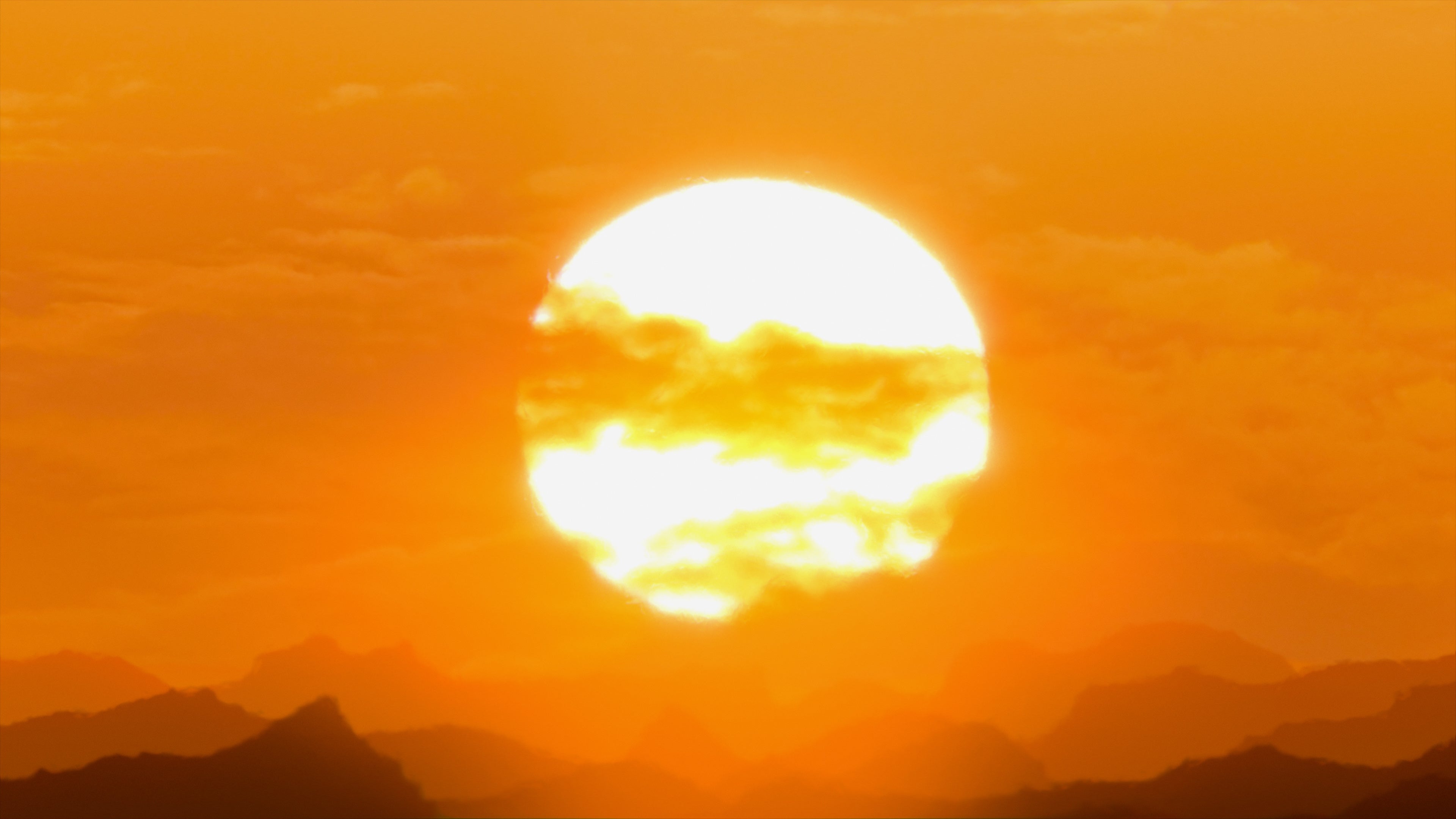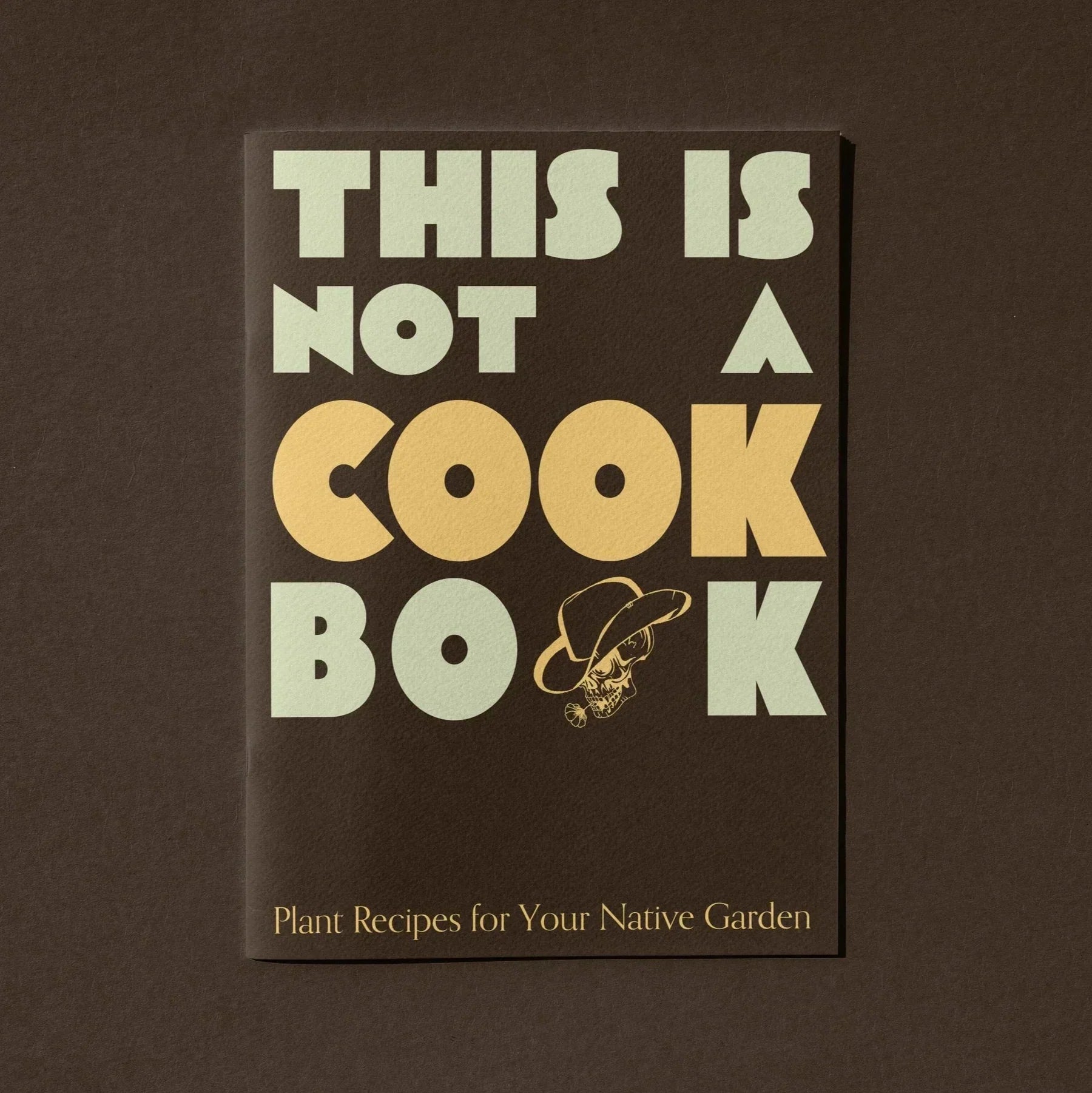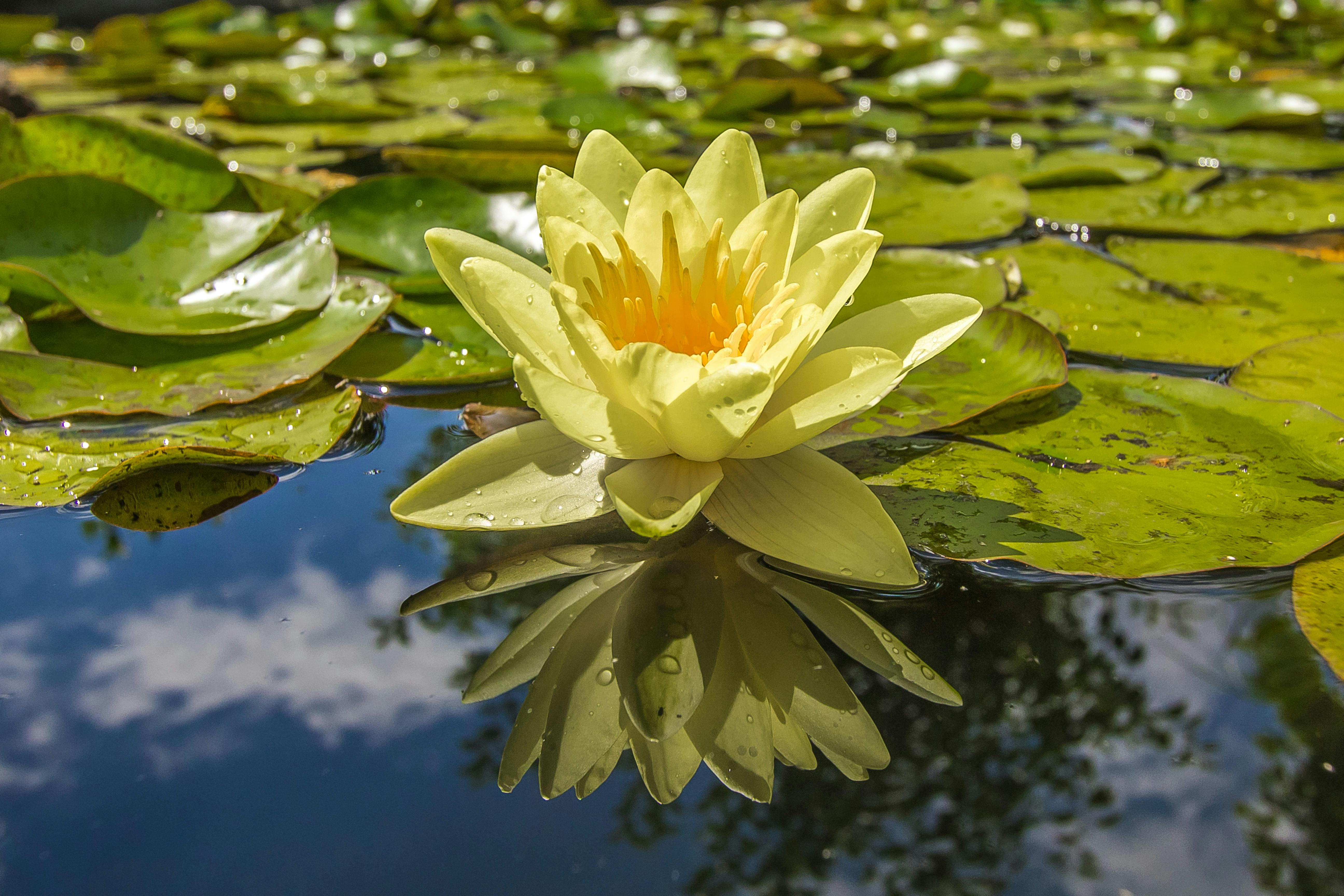How to Create a Pollinator-Friendly Garden (Without Overhauling Your Yard)

Pollinators are some of the hardest-working and most underappreciated garden guests. From bees and butterflies to hummingbirds and moths, these small but mighty creatures play a huge role in keeping ecosystems and our food supply healthy. But pollinator populations are in trouble around the world, and Texas is no exception.
The good news is that your yard can help. And the best part is that creating a pollinator-friendly garden doesn’t require tearing up your lawn or an expensive landscape overhaul. With a few native plants, some simple habitat tweaks, skipping the chemicals, and a little less tidying up, any outdoor space can become a buzzing, blooming haven for pollinators.
Why Pollinators Need Your Help (and How Your Garden Can Make a Difference)
Bees, butterflies, hummingbirds, and other pollinators are tiny garden heroes that help over 87% of flowering plants, including about 75% of all our food crops, produce fruits and seeds. But today, these vital species we depend on are in serious trouble. Habitat loss, pesticide use, synthetic fertilizers, climate change, and diseases have caused dramatic declines in pollinator populations worldwide. Approximately 16% of vertebrate pollinators, like birds and bats, and 40% of invertebrate pollinators, like bees and butterflies, are now at risk of extinction.
The good news? You can easily create a pollinator habitat at home. Then your garden, even a small balcony garden, can become a safe haven for native pollinators.
Start Small: Easy Pollinator Garden Tips That Anyone Can Do
You don’t need to rip up your lawn (unless you want to!) or invest in a full garden overhaul to support pollinators. With just a few tweaks, your outdoor space can become part of a larger patchwork of pollinator habitat in your community.
Here are a few beginner-friendly ideas to create a pollinator garden without major changes:
Add a Pot of Native Flowers.
One of the easiest pollinator garden tips is planting native plants, since these are the plants that our native pollinators rely on for their survival. If you don’t have time to dig up that lawn and replace it with native wildflowers, or you just don’t have much space, almost everyone has room for a pot of native flowers on a porch, balcony, or window planter. Even just one container of nectar-rich blooms can become a busy pit stop for native bees and butterflies.
Shop native pollinator plants like Echinacea, bee balm, black-eyed Susan, milkweeds, and others in our online store, or visit us in person for personalized suggestions.
For instance, most asters grow well in pots. The Fall Aster is drought-tolerant and produces gorgeous, vibrant blooms in the fall for a late-season nectar source for pollinators.
Image: FALL ASTER is available now at Nativo Gardens!
Skip the Pesticides
Skip the pesticides since they are intended to kill all insects, not discriminating between “good” and “bad” ones. The same goes for herbicides on your lawns. Additionally, avoid synthetic fertilizers, which also harm pollinators, the soil biome, and can even alter the electrical signature of flowers, making them less attractive to bees.
Try hand-picking pests or using organic pesticides only as an absolute last resort (they kill pollinators too!) The most effective method is adopting regenerative gardening, which supports healthy plants that are naturally resistant to pests. How? Skip the chemicals and add compost and mulch to your garden every spring and again in fall. Additionally, grow a variety of plants since biodiversity creates resilience. Finally, encourage natural predators by planting herbs like fennel or dill, which attract ladybugs and lacewings that prey on insect pests.
Let it Grow Wild
Stop cleaning your garden and let the weeds, like clovers, dandelions, and especially any native weeds, bloom. These provide critical food for pollinators. And when they finish flowering, don’t prune! (More on this below).
If you have a sunny patch to fill, try sowing region-specific blends of native wildflowers. Never purchase generic “wildflower” seeds from big box stores - they usually contain invasive species and rarely contain ones native to your region.
Provide Shallow Water
Water is essential, especially in dry climates, and pollinators rarely use bird baths because they are too deep to land safely.
A saucer or plate makes a perfect pollinator-friendly water source. The key is shallow water filled with pebbles, providing a safe landing place for bees and butterflies. And don’t worry if the water gets dirty; the minerals are essential for butterflies!
You can also place bee cups in your garden, watering them when you water your plants.
Bare Soil Patches
This one may seem counterintuitive since we always think of planting flowers for pollinators, but did you know that about 70% of native North American bees require bare ground for nesting? This means keeping a patch of bare soil helps our native bees survive. Select sunny, well-drained areas and remove excess vegetation. Then, sprinkle a thick layer of compost to make it easy for the bees to burrow. Then, don’t till! Instead, sprinkle additional compost on top each year.
Bee Hotels
Bee hotels are artificial nesting sites built for native solitary bees to lay their eggs and raise their young. About 20-30% of our native bees are cavity nesters that would have used hollow stems or dead trees, which are increasingly scarce in our modern, manicured landscapes. Provide bee boxes or hotels, or better yet, pieces of dead wood, and leave dead standing plant materials in your yard to help boost local native bee populations.
Sustainable Gardening = Low-Maintenance Gardening = Pollinator Gardening
The bonus is that pollinator-friendly gardens involve eco-friendly, sustainable gardening practices like composting, mulching, and reducing chemical use. These practices are not only sustainable, but they also create easy, low-maintenance pollinator gardens with little effort. With the right mix of native plants, your garden can more or less run itself while staying beautiful and buzzing all season long. These pollinator-friendly designs are also visually appealing and follow the same principles we use in wildlife-friendly gardening. This means with little effort, you can create a sustainable, low-maintenance, gorgeous, vibrant yard filled with life!
How? It’s easy! Choose a variety of drought-tolerant native plants for your pollinator-friendly garden since they are more sustainable and conserve water. For instance, the Flame Acanthus ‘Benny’s Gold’ is highly drought-tolerant and is a magnet for butterflies, hummingbirds, and other pollinators.
Image: FLAME ACANTHUS BENNY’S GOLD is available now at Nativo Gardens!
Think in Layers and Clumps
Also, plant in pairs and groups rather than single plants spaced far apart. Grouping plants with the same sunlight and water requirements reduces maintenance and weeds, and conserves moisture. Also, plant in layers with tall plants in the back, medium-height plants in the middle, and low-growing plants in the front for additional diversity.
For instance, plant the lovely Texas Mountain Laurel in the back against your fence or property line where it will grow 10-20 ft tall and attract pollinators and birds.
Image: TEXAS MOUNTAIN LAUREL is available now at Nativo Gardens!
Then plant some Pink Gaura in front of the laurel, where it will grow 4-5 ft tall and attract pollinators from April to October.
Image: PINK GAURA is available now at Nativo Gardens!
Finally, plant Black-Eyed Susan (1-3 feet) in the front where it also attracts pollinators, seed-eating birds, and is a larval host for the Gorgone Checkerspot and Bordered Patch.
Image: BLACK-EYED SUSAN is available now at Nativo Gardens!
Embrace the “Leave It Alone” Approach
Once your native plants are established, simply leave them alone. A native garden is mostly self-sustaining. Water only when necessary, avoid pruning and deadheading, and skip the fall cleanup since ground debris is essential for beneficial insects. To keep the weeds down, just add compost and a layer of mulch. Easy peazy!
Think Beyond Bees: Support Butterflies, Moths, and More
Finally, it’s essential to create a garden for native pollinators that caters to more than just bees. Bees are essential, but so are our native butterflies, moths, hummingbirds, and bats, which rely on their own specific pollinator support plants. So, plant a variety of plants that also attract these lesser-known pollinators.
For instance, Gregg's Mistflower is a vital nectar source for butterflies, especially Queen butterflies, and is a larval host for Rawson's Metalmark.
Image: GREGG’S MISTFLOWER is available now at Nativo Gardens!
The Coral Honeysuckle is an excellent pollinator-friendly plant, attracting loads of hummingbirds, but also native bees and butterflies.
Image: CORAL HONEYSUCKLE is available now at Nativo Gardens!
Another great native plant is Butterfly Weed. It’s drought-tolerant and attracts butterflies, bees, hummingbirds, moths, and other pollinators. It’s also a critical larval host for monarchs, queens, and grey hairstreak butterflies.
Image: BUTTERFLY WEED is available now at Nativo Gardens!
Keep It Going: Seasonal Tips for Year-Round Pollinator Support
Gardening for pollinators also means choosing a variety of native flowers that bloom at different times of the year so that there are always food sources available. In some parts of Texas, this means selecting different plants for year-round blooms, while in the cooler, northern parts, it means planning for three full seasons of blooms.
It’s also critical to remember that a “clean garden” is not compatible with wildlife-friendly gardening. Pollinators need flowers for nectar, but they also need plants for habitat, and some rely on plants, living and dead, to complete their life cycles. So leave those dead plants standing all winter for food and habitat for wildlife, including pollinators. Wait until late winter or early spring to cut dead plants back, just before they start to grow again. Conveniently, this low-maintenance pollinator garden method is the easiest, since you only clean your garden once a year.
Shop Native, Garden Local
You don’t need a big yard, a green thumb, or a total redesign to make a difference for pollinators. Just a few thoughtful changes, such as planting native flowers, avoiding chemicals, adding shallow water, and letting things grow wild, can transform your home into a pollinator sanctuary.
Ready to get started? Visit our shop to explore native pollinator plants or browse our online store. When you create a pollinator-friendly garden, you help build a healthier world one flower at a time.





Comments